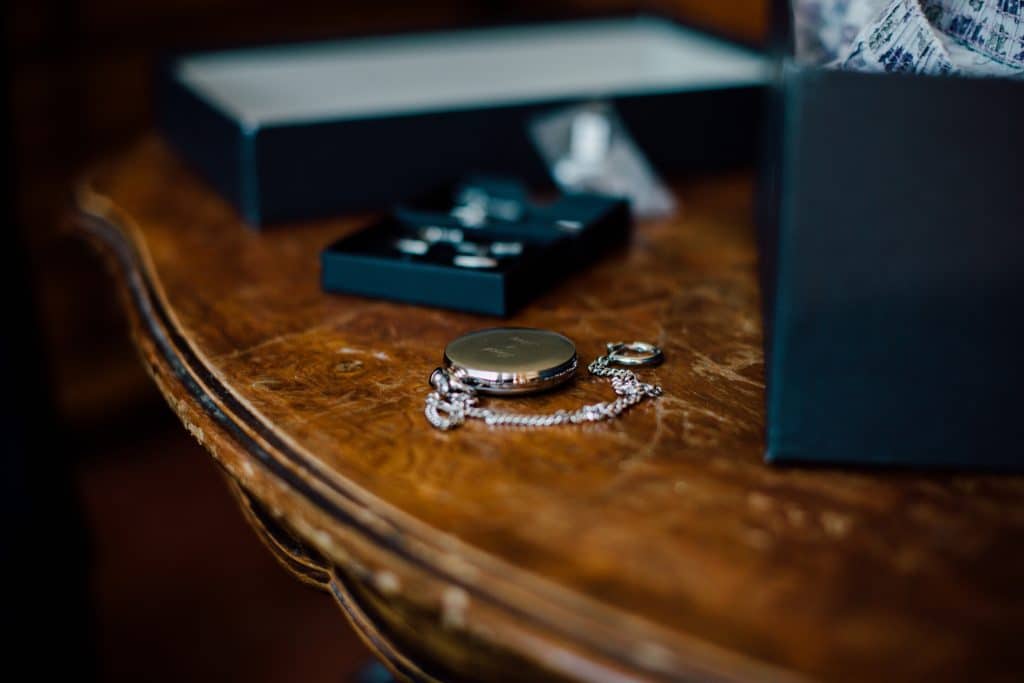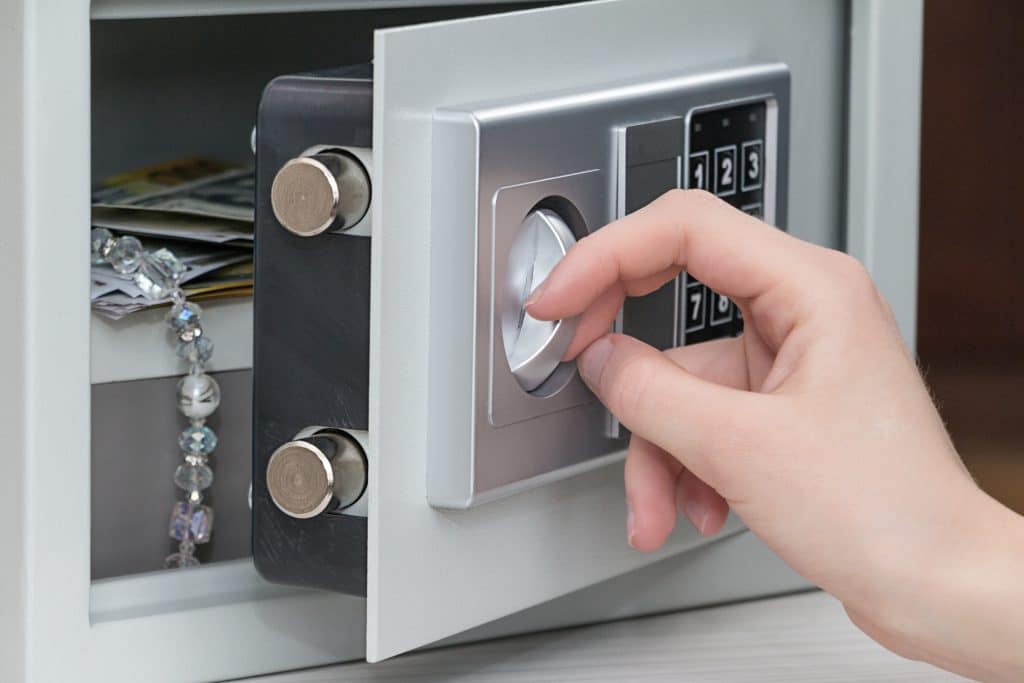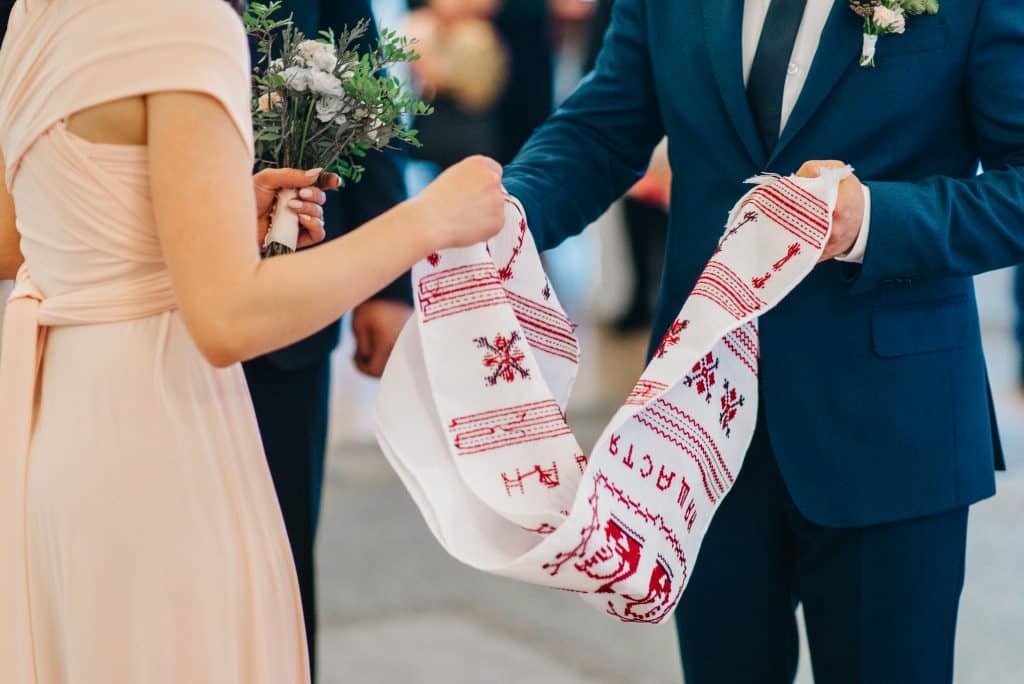Heirlooms are more than just objects; they are tangible pieces of family history, laden with stories, emotions, and memories. Whether it’s grandma’s vintage necklace or a centuries-old family Bible, these items carry a legacy that many wish to preserve for future generations. The act of passing down these treasures is a tradition as old as time, but it’s not always straightforward. This article is here to help walk you through the essential steps for successfully passing down your heirlooms. From understanding their value to creating a memorable passing-down ceremony, you’ll find actionable tips to ensure that after you pass down your heirlooms they continue to be a source of joy and connection for years to come.
Contents
Understanding The Value Of Your Heirlooms

Before you can pass down an heirloom, it’s crucial to understand its value, which can be both monetary and sentimental. An appraisal can provide an accurate estimate of the item’s worth, which is particularly useful for insurance purposes or potential sales. However, the sentimental value of an heirloom often outweighs its monetary worth. This emotional connection could be tied to a specific family event, a cherished relationship, or even a particular period in history.
Understanding the historical significance of your heirlooms adds another layer to their value. These items often serve as a link to the past, offering a glimpse into the lives of ancestors or significant historical events. For example, a war medal may not have a high monetary value, but its historical and emotional significance could be immeasurable. Knowing the full value of your heirlooms allows you to make informed decisions when choosing the right recipients, which is the next crucial step in this journey.
Identifying The Right Recipients

Choosing who will inherit your heirlooms is a decision that requires careful thought. Family members are often the first choice, especially those who have shown interest in family history or have a personal connection to the item. Children, grandchildren, nieces, and nephews may all be potential recipients. However, it’s essential to consider their ability to appreciate and care for the heirloom, as you’ll want to ensure its continued preservation.
Sometimes, the right recipient isn’t a family member at all. Friends or loved ones who share a personal connection to the heirloom may be more suitable candidates. In some cases, donating the item to an institution like a museum or school can ensure its preservation and public appreciation. Regardless of your choice, the key is to identify recipients who will value the heirloom as much as you do, setting the stage for open communication about your intentions.
Open Communication

Once you’ve identified potential recipients, the next step is to communicate your plans openly. This can be a sensitive topic, especially if multiple family members have an emotional attachment to the heirloom. Open dialogue can help manage expectations and prevent misunderstandings or conflicts. It’s also an opportunity to explain why you’ve chosen a particular person or institution as the heirloom’s future custodian.
Legal considerations also come into play when passing down heirlooms. While a verbal agreement is good, a written one is better. Including the heirloom in your will or creating a separate legal document can provide additional assurance that your wishes will be honored. This step is particularly important for items of significant monetary or historical value. With open communication and legal preparations, you can focus on the next critical aspect: the heirloom’s preservation.
Proper Storage And Maintenance

An heirloom’s longevity largely depends on how well it’s stored and maintained. Environmental factors such as temperature, humidity, and light can significantly impact an item’s condition over time. For instance, textiles like vintage clothing or quilts should be stored in a cool, dry place away from direct sunlight. Similarly, documents and photographs benefit from acid-free storage solutions to prevent deterioration.
Investing in proper storage solutions can go a long way in preserving your heirlooms. Safe deposit boxes, climate-controlled storage units, and specialized containers designed for delicate items can offer added protection. Regular maintenance, including professional cleaning or restoration, can also help keep your heirlooms in optimal condition. This ensures that when the time comes to pass them down, they are as beautiful and meaningful as the day you received them.
Documenting The Heirloom’s History

An heirloom’s value isn’t just in the object itself but also in the stories and history it carries. Written documentation, such as letters, certificates, or journals, can provide context and enrich the heirloom’s significance. These records can offer insights into the item’s origin, its previous owners, and any special events it may be associated with. This adds layers of meaning that go beyond the physical item, making it a true treasure.
In today’s digital age, creating a digital archive can also be incredibly useful. Photos, videos, and digital copies of documents can be stored securely and shared easily with family members. This digital footprint can serve as a lasting record, ensuring that the heirloom’s story continues to be told and appreciated by future generations. With the history documented, you can now focus on making the act of passing down the heirloom a memorable event.
Creating A Passing-Down Ceremony

The act of passing down an heirloom can be made even more special through a dedicated ceremony. Rituals and ceremonies have cultural and emotional significance that can add weight to this important event. Whether it’s a family gathering during the holidays or a special occasion like a wedding or graduation, the setting can make the transfer of the heirloom a memorable experience.
Involving the younger generation in these ceremonies is crucial. Educating them about the heirloom’s significance can instill a sense of responsibility and pride. This is an opportunity to share family stories, explain the importance of preservation, and perhaps even initiate a new family tradition. A well-thought-out ceremony not only adds emotional weight but also prepares the new custodians for their role.
Preparing For Unforeseen Circumstances

Life is unpredictable, and it’s wise to prepare for unforeseen circumstances that could affect your heirloom’s future. Having a backup plan, such as alternate recipients or institutions, can provide peace of mind. This is especially important for items that require specialized care or have restrictions on who can inherit them. Legal preparations, such as updates to wills or the creation of trusts, can further secure the heirloom’s future.
Emotional preparedness is equally important. The potential loss or damage of an heirloom can be devastating, but having a plan can make coping easier. This could involve insurance, restoration experts, or even counselors who specialize in grief and loss. While it’s uncomfortable to think about, preparing for the worst ensures that your heirloom’s legacy will continue, come what may.
Ensure Your Heirlooms Are Taken Care Of!
Passing down an heirloom is a meaningful act that extends beyond the object itself. It’s about preserving family history, fostering connections, and creating lasting memories. While the process involves several steps—from understanding its value to preparing for the unexpected—each one contributes to ensuring your heirloom’s legacy. So, don’t just pass down an object; pass down a rich tapestry of stories, emotions, and history that will be cherished for generations to come!


